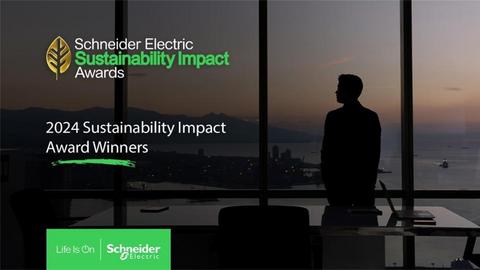Companies news
CarbonFarm: Scaling Climate-Resilient Rice Farming Through High-Integrity Carbon Markets

How a French agri-tech startup is helping cut methane and conserve water across Asia’s rice systems
Methane is responsible for roughly 30% of today’s global warming. It is over 25 times more potent than carbon dioxide over a century, yet much shorter-lived—meaning that cutting methane has the potential to slow global warming in the near term significantly. Still, methane emissions are projected to increase by 13% by 2030 unless urgent action is taken. Agriculture is the leading human-made source of methane, with rice cultivation ranking just behind livestock.
A large part of the problem lies in how rice is grown. Traditional methods involve keeping fields continuously flooded, which creates low-oxygen conditions ideal for methane-producing bacteria. As a result, rice farming accounts for around 12% of global methane emissions—equivalent to four times the warming impact of global aviation over a 10-year period—and consumes roughly a third of the world’s freshwater resources. With rice demand rising, particularly in climate-vulnerable regions, reducing the environmental impact of cultivation has become a pressing challenge.
One of the most promising solutions is Alternate Wetting and Drying (AWD), a technique that involves periodically draining rice paddies rather than keeping them submerged. AWD has been shown to reduce methane emissions by up to 50% and water use by 30%, all without affecting yields or raising costs. Despite these advantages, uptake remains limited, particularly among smallholder farmers, who often lack technical training and access to financial incentives.
That’s where CarbonFarm comes in. Founded in 2022 to accelerate the decarbonisation of rice farming, CarbonFarm supports the end-to-end development of rice carbon projects—from design and certification to monitoring and financing. The company works with agribusinesses, project developers, and institutions to structure credible and scalable emissions reduction initiatives tailored to rice systems.
At the core of this approach is a digital infrastructure that combines satellite imagery and artificial intelligence to monitor key variables such as water levels, seeding techniques, and cropping cycles. This enables the measurement and verification of practice adoption and emissions reductions without relying on field-based inspections—reducing costs and making high-quality carbon projects viable in smallholder landscapes.
As expectations rise around the quality and integrity of carbon credits—particularly in nature-based solutions—CarbonFarm’s focus on traceability and transparency is most welcome.Their model unlocks access to climate finance by helping rice growers generate verified carbon credits and connect to buyers seeking robust and traceable nature-based solutions. They also enable agri-food companies to measure Scope 3 emissions and implement science-based insetting strategies aligned with climate targets and reporting standards.
In just two years, CarbonFarm’s tools and services have been deployed across more than eight countries—including Vietnam, Cambodia, India, and Ghana—covering over 100,000 hectares of rice fields. The company works with a range of partners, from multinationals like Bayer and Diageo to institutions such as the United Nations Development Programme (UNDP) and the Asian Development Bank.
With methane levels projected to rise in the coming years, targeted interventions in rice farming offer a practical path to near-term climate impact. By combining advanced monitoring with structured project development and financing, CarbonFarm is helping scale the adoption of proven, low-emission practices.
SOURCE: CarbonFarm


